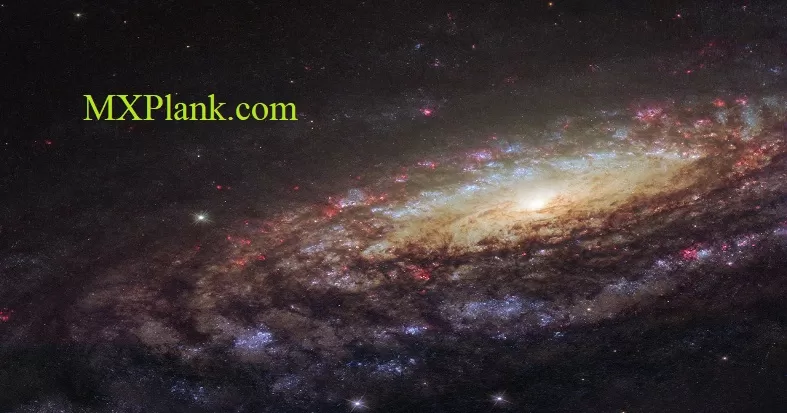Hubble finds twisted gas disk from galaxy collision fueling nearest active black hole

Using the infrared vision of NASA's Hubble Space Telescope to penetrate a wall of dust girdling the nearest active galaxy (NGC 5128) to Earth, astronomers have gotten an unprecedentet closeup look at a super-massive black hole caught in a feending frenzy triggered by a titanic collision between two galaxies.
Observations showed a hot gas disk surrounding the super-massive black hole as well as radio and x-ray jets created by it. The accretion disk and the black hole itself are too small to be observed directly.
Credit:
NASA/ESA and The Hubble Heritage Team (STScI/AURA)
NASA/ESA and The Hubble Heritage Team (STScI/AURA)






